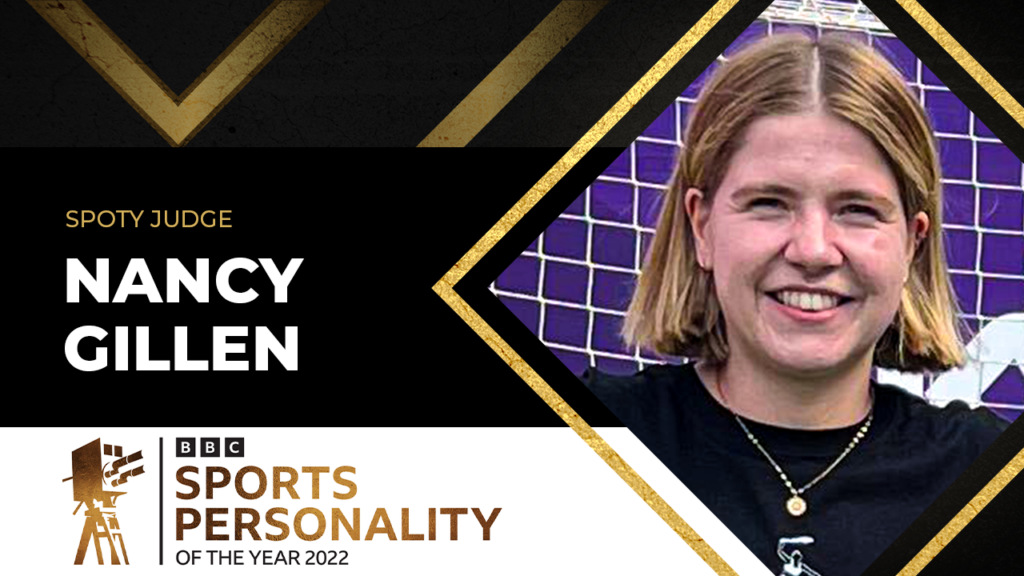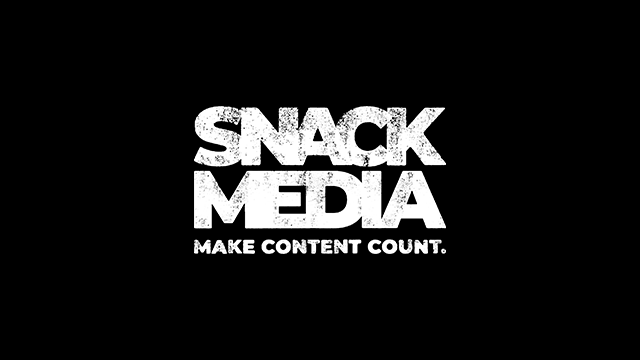Triathlons are fairly new; the first record was on September 24, 1974 in San Diego, California. Four years later, the first Ironman was held, and from there the sport began to grow. The triathlon has gone from an extreme sport for a small minority to a mainstream endurance sport in the last ten years—the London Triathlon has gone from 1,000 to 13,000 competitors in this time span. It wasn’t until the 2000 Summer Olympics in Sydney that the sport began to gain popularity. In Sydney and the 2008 Beijing Olympics, the triathlons were among some of the most watched events. There is now TV coverage of triathlons in 160 countries, which returns an audience of 207 million around the world. The accessibility, visibility and exposure of the sport are helping it grow by the thousands annually. Evidence of this growth is apparent throughout the UK, as numbers of participants have increased from 120,000 to 196,000 over five years.
With the growth of triathlons increasing, it is becoming a more high-profile sport. The average age for participants hovers in the mid-30s, which could be explained by how expensive the equipment is (an upgraded bike goes for about £3500). Such prices make sponsors gravitate towards the sport in hopes to promote said equipment and merchandise. Last year’s New York Triathlon was sponsored by Panasonic, citing that their sponsorship was in part because triathlons reflect their philosophy of “contributing to society by providing cutting edge technology.” AJ Bell, the financial services company, is the headline sponsor of the London Triathlon, while Transamerica (a life insurance company) found its way into the naming rights of the Chicago Triathlon (officially Transamerica Chicago Triathlon).
Triathlons vary in degree of difficulties, ranging from a sprint (750m swim, 20km bike, 5km run), to Olympic (1.5km swim, 40km bike, 10km run), and to Ironman (3.8km swim, 180km bike, and a marathon). The Olympic triathlons are usually over in two hours, while the Ironman ranges from 8 hours, for the fastest time, to 14 or 15 hours. There are many appeals of triathlons; it’s the ultimate cross training workout, it’s seen as a great challenge and accomplishment, and there are many health benefits. No matter what the appeal is that’s drawing in participants, there is no denying the growth in numbers triathlons have been experiencing in recent years, and sponsors have been noticing this. How big will the sport get? Only time will tell.





